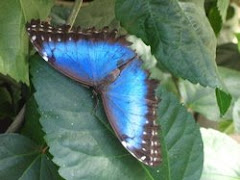
Anyway, to deal with the mold I soaked them all in a 1:9 bleach:water solution for 1 to 2 minutes, depending on how bad the mold was. Meanwhile, I gently rubbed the mold off of the bulbs.

Once the bulbs finished soaking, I then patted them dry to remove the excess moisture & as many mold spores as possible (fun fact: you can't kill mold - you can just put it into hibernation until favorable conditions present themselves again). Sadly, they're not as beautiful as they were when I got them, but they don't look totally ruined. Only time will tell, I suppose...

Finally, before planting them, I also hit them with a dose of a powder fungicide for garden veggies & fruits (I couldn't find anything bulb specific, and I figured something was better than nothing) & then dosed them with a healthy amount of bulb booster. Hopefully in the spring I will remember to take pictures of the bulbs to record how well (or not) they did!
























